Honda Civic Service Manual: Valve, Spring, and Valve Seal Removal and Installation (R18Z1)

| 1. | Vehicle Lift |
|
| 2. | Tire and Wheel-Removal, Front Right |
|
|
|
| 3. | Fuel Filler Cap |
|
| 4. | HDS DLC - Connection |
|
|
|
| 5. | Fuel Pump Off |
|
||||||||||||||||||||||||
| 6. | Battery Terminal - Disconnection |
|
|
|
|||||||||||||||||||||||||||
| 7. | Battery |
|
|
|
| 8. | Fuel Pressure - Relieving |
|
|
|
|
|
|
|
|
|
|||||||||||||||||||||||||
| 9. | Engine Cover |
|
|
|
| 10. | Radiator Cap |
|
| 11. | Radiator Coolant - Replacement |
|
|
|
| 12. | Intake Air Pipe |
|
|
|
| 13. | Air Cleaner |
|
|
|
| 14. | Wiper Arm Assembly |
|
|
|
| 15. | Both Side Cowl Covers |
|
|
|
| 16. | Center Cowl Cover |
|
|
|
| 17. | Under Cowl Panel |
|
|
|
| 18. | Intake Air Duct |
|
|
|
| 19. | Throttle Body - Removal |
|
|
|
| 20. | Intake Manifold Assembly |
|
|
|
|
|
|
|
|
|
|
|
|
|
|
|
| 21. | Cylinder Head Peripheral Assembly |
|
|
|
|
|
|
|
|
|
|
|
|
| 22. | Ignition Coil |
|
|
|
| 23. | A/F Sensor (Sensor 1) |
|
|
|
| 24. | Exhaust Chamber Cover |
|
|
|
| 25. | EGR Pipe |
|
|
|
| 26. | Splash Shield |
|
1. |
Remove the splash shield (A). |

| 27. | Engine Undercover |
|
|
|
| 28. | Secondary HO2S |
|
|
|
| 29. | Exhaust Pipe A (Except CVT) |
|
|
|
| 30. | Exhaust Pipe A (CVT) |
|
|
|
|
|
|
| 31. | Catalytic Converter |
|
|
|
| 32. | Thermostat Housing Peripheral Assembly |
|
Except CVT
CVT
|
|
|
|
|
|
Except M/T
M/T
|
|
| 33. | Thermostat Housing |
|
|
|
| 34. | Water Pump Pulley Mounting Bolt - Loosen |
|
|
|
| 35. | Drive Belt |
|
|
|
| 36. | Alternator |
|
|
|
|
|
|
| 37. | Water Pump Pulley |
|
|
|
| 38. | Auto Tensioner Assembly |
|
|
|
| 39. | Cylinder Head Cover and/or Packing |
|
|
|
|
|
|
| 40. | Check The No.1 Piston at Top Dead Center (With Cam Chain Case/Oil Pump) |
|
|
|
| 41. | Crankshaft Pulley |
|
|
|
| 42. | Engine Jack Support (State Of A Low Vehicle) |
|
| 43. | Mounting Bracket, Engine Side |
|
|
|
| 44. | Engine Oil Pump Assembly |
|
|
|
|
|
|
| 45. | Cam Chain Auto-Tensioner |
|
|
|
||||||||||||
|
|
|
|
|
|
||||||||||||
|
|
|
| 46. | Cam Chain |
|
|
|
| 47. | Cylinder Head Assembly |
|
|
|
| 48. | Rocker Arm Assembly |
|
|
|
|
|
|
|
|
|
| 49. | Camshaft Sprocket |
|
|
|
| 50. | Camshaft |
|
|
|
| 51. | Valve Spring |
|
|
|
|
|
|
| 52. | Valve Seal |
|
|
|
|
|
|
| 53. | Valve Spring Seat |
|
|
|

| 1. | Valve Spring Seat |
|
|
|
|
|
|
| 2. | Valve Seal |
|
|
|
||||||
| 3. | Valve Spring |
|
|
|
|
|
|
||||||
| 4. | Camshaft |
|
|
|
| 5. | Camshaft Sprocket |
|
|
|
||||||||||||||||||||||
| 6. | Rocker Arm Assembly |
|
|
|
|||||||||||||||
|
|
|
|
|
|
||||||||||
| 7. | Set The Crankshaft To Top Dead Center |
|
|
|
| 8. | Cylinder Head Assembly |
|
|
|
|
|
|
|
|
|
|
|
|
||||||
| 9. | Set The No.1 Piston at Top Dead Center (Without Cam Chain Case/Oil Pump) |
|
|
|
| 10. | Cam Chain |
|
|
|
|
|
|
|
|
|
| 11. | Cam Chain Auto-Tensioner |
|
|
|
||||||
|
|
|
|
|
|
| 12. | Engine Oil Pump Assembly |
|
|
|
||||||||||||||||||||||||||
|
|
|
||||||||||||||
|
|
|
||||||||||||||||||||||||||||||
| 13. | Mounting Bracket, Engine Side |
|
|
|
| 14. | Engine Jack Support (State Of A Low Vehicle) |
|
| 15. | Transmission Mount Bracket Mounting Bolt - Loosen |
|
M/T
A/T
|
|
| 16. | Lower Torque Rod - Loosen |
|
|
|
| 17. | Side Engine Mount - Tighten |
|
|
|
| 18. | Transmission Mount Bracket Mounting Bolt - Tighten |
|
1. |
Tighten the transmission mount bracket mounting bolt and nuts. |
M/T
 i2mm
i2mm
A/T
 nz
nz
| 19. | Lower Torque Rod Mounting Bolt - Tighten |
|
|
|
| 20. | Crankshaft Pulley |
|
|
|
|
|
|
|
|
|
|||||||||||||
|
|
|
||||||||||
| 21. | Valve Clearance Adjustment |
|
|
|
|
2. |
Select the correct feeler gauge for the valve clearance you are going to check. |
|||||||||
|
||||||||||
 no!
no!
|
|
|
|
|
|
|||||||||||||||
|
|
|
|
|
|
|
|
|
| 22. | Cylinder Head Cover and/or Packing |
|
|
|
|||||||||||||||
|
|
|
||||||||||||||||||||
|
|
|
||||||||||||||||||||
|
|
|
| 23. | Auto Tensioner Assembly |
|
|
|
| 24. | Water Pump Pulley |
|
|
|
| 25. | Alternator |
|
|
|
|
|
|
| 26. | Drive Belt |
|
|
|
| 27. | Water Pump Pulley Mounting Bolt - Tighten |
|
|
|
| 28. | Thermostat Housing |
|
|
|
| 29. | Thermostat Housing Peripheral Assembly |
|
Except M/T
M/T
|
|
|
|
|
|
Except CVT
CVT
|
|
| 30. | Catalytic Converter |
|
|
|
| 31. | Exhaust Pipe A (CVT) |
|
|
|
|
|
|
| 32. | Exhaust Pipe A (Except CVT) |
|
|
|
| 33. | Secondary HO2S |
|
|
|
| 34. | Engine Undercover |
|
|
|
| 35. | Splash Shield |
|
1. |
Install the splash shield (A). |

| 36. | EGR Pipe |
|
|
|
| 37. | Exhaust Chamber Cover |
|
|
|
| 38. | A/F Sensor (Sensor 1) |
|
|
|
| 39. | Ignition Coil |
|
|
|
| 40. | Cylinder Head Peripheral Assembly |
|
|
|
|
|
|
|
|
|
|
|
|
| 41. | Intake Manifold Assembly |
|
|
|
|
|
|
|
|
|
|
|
|
|
|
|
| 42. | Throttle Body - Installation |
|
|
|
| 43. | Intake Air Duct |
|
|
|
| 44. | Under Cowl Panel |
|
|
|
| 45. | Center Cowl Cover |
|
|
|
| 46. | Both Side Cowl Covers |
|
|
|
| 47. | Wiper Arm Assembly |
|
|
|
| 48. | Air Cleaner |
|
|
|
| 49. | Intake Air Pipe |
|
|
|
| 50. | Injector Base Fuel Feed Hose - Reconnection |
|
|
|
| 51. | Engine Cover |
|
|
|
| 52. | Battery |
|
|
|
||||||
| 53. | Battery Terminal - Reconnection |
|
|
|
|||||||||||||||||||
| 54. | HDS DLC - Connection |
|
|
|
| 55. | Fuel Pump On |
|
||||||||||
| 56. | Fuel Filler Cap |
|
| 57. | Fuel Line Leak Check |
|
| 58. | Radiator Coolant - Replacement |
|
1. |
Follow the chart and pour coolant into the radiator up to the base of the filler neck. |
|||||||||||||||||||||||||||||||||||||
|
NOTE: |
||||||||||||||||||||||||||||||||||||||
|
||||||||||||||||||||||||||||||||||||||
|
||||||||||||||||||||||||||||||||||||||
|
*: When you want to winterize the coolant with the minimum amount of coolant change but the current coolant concentration in the vehicle is unknown, you must drain all coolant from the cooling system. |
||||||||||||||||||||||||||||||||||||||
|
||||||||||||||||||||||||||||||||||||||
|
||||||||||||||||||||||||||||||||||||||
|
||||||||||||||||||||||||||||||||||||||
|
||||||||||||||||||||||||||||||||||||||

| 59. | Tire and Wheel-Installation, Front Right |
|
|
|
||||||
| 60. | Warm Up The Engine |
|
| 61. | Idle Speed - Inspection |
|
||||||||||||||||||||||||||||
| 62. | CKP Pattern Clear/CKP Pattern Learn |
|
| 63. | Ignition Timing - Inspection |
|
|
|
|
|
|
||||||||||||||||
| 64. | Maintenance Minder Reset |
|
 Valve, Spring, and Valve Seal Removal and Installation (R18A9)
Valve, Spring, and Valve Seal Removal and Installation (R18A9)
1.
Fuel Pressure - Relieving (Between the engine and the manual shut-off
valve) (Natural Gas Model)
Compressed natural gas is flammable ...
 Valve Clearance Adjustment (Except K24Z7)
Valve Clearance Adjustment (Except K24Z7)
1103A3
1.
Engine Cover
1.
Remove the engine cover.
2.
Cylinder Head Co ...
See also:
Honda Civic Service Manual. License Plate Light Removal and Installation - Double Lights ('13-'14: 4-door)
1.
Trunk Lid Trim Panel
1.
Remove the trunk lid trim panel (A).
2.
Inner Taillight Both
1.
Disconnect ...

 12x1mm
12x1mm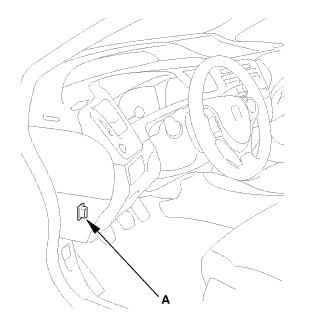

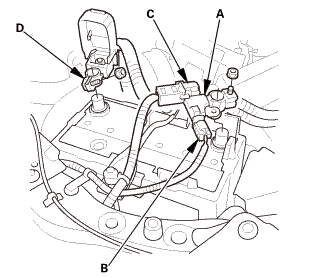


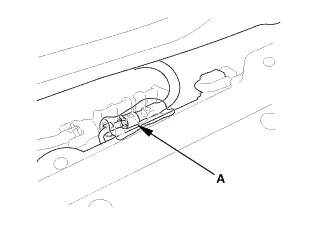
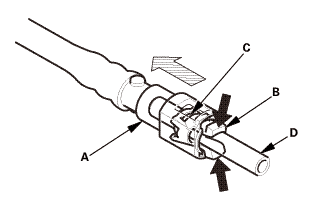



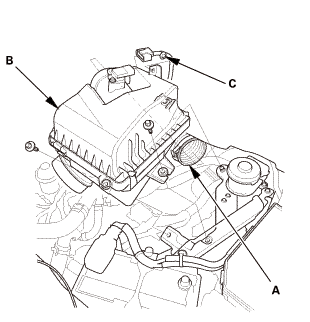
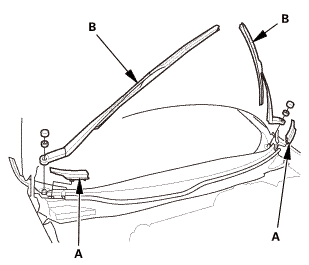
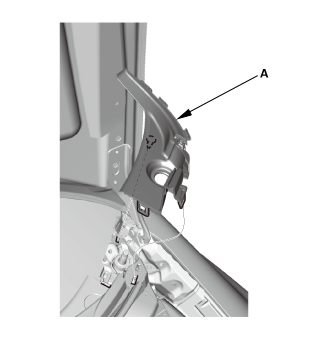
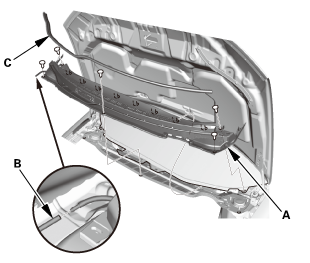
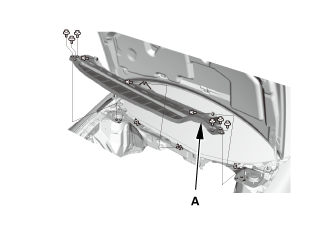
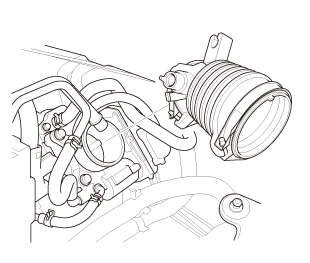
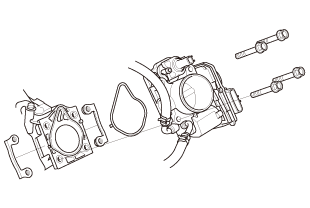
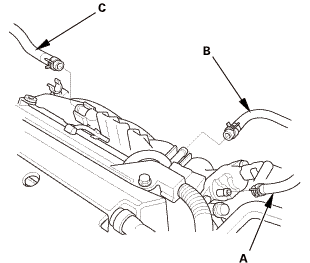
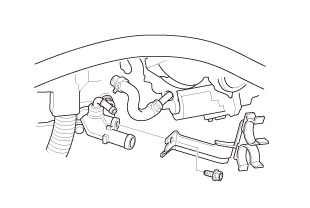
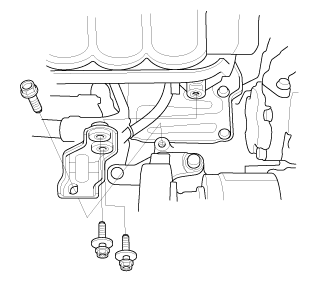
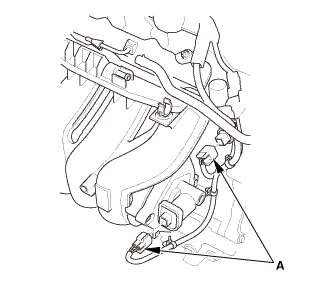
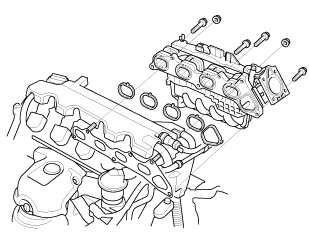




























 [av
[av














 o77s7n
o77s7n





 tommnomm
tommnomm





 inmmam
inmmam
 secounstep
secounstep


 ...,is(1.2
...,is(1.2
 nokvf-in.
nokvf-in.


 25mm(7(32k1n1omm12
25mm(7(32k1n1omm12
 125mmnminm.:125mm
125mmnminm.:125mm


 nxl.mm
nxl.mm


 o7jaanmo2oa
o7jaanmo2oa











 inl.25mmssn-m
inl.25mmssn-m mmn-m(2
mmn-m(2 i.nmm(n.i
i.nmm(n.i
 11
11






 inmm125mm22i21
inmm125mm22i21

 22mmmmreplace
22mmmmreplace




 mm
mm
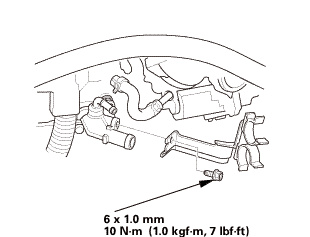
 mm
mm 22mm)2222
22mm)2222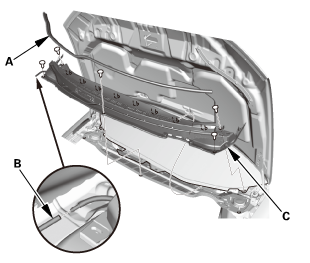
 1.122
1.122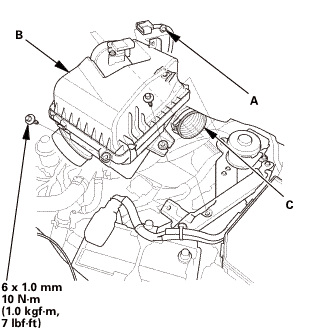
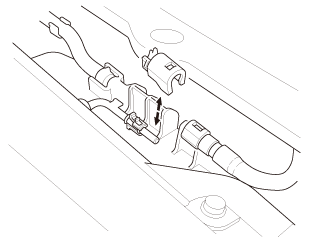


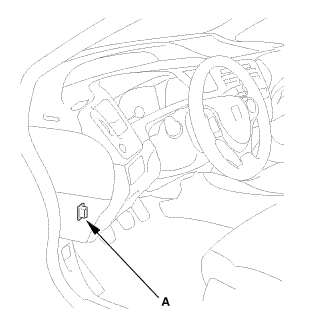
 mminmuan
mminmuan
